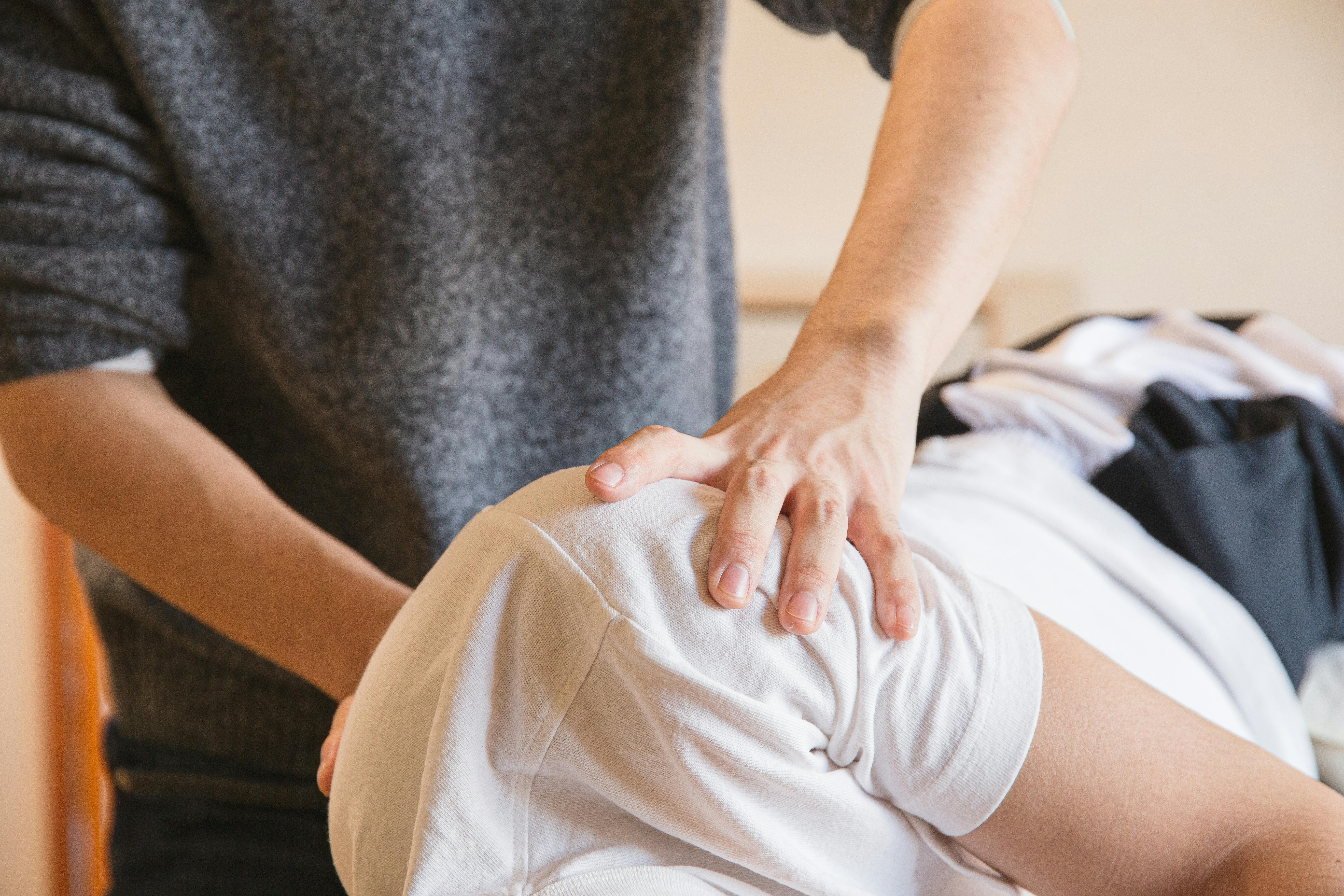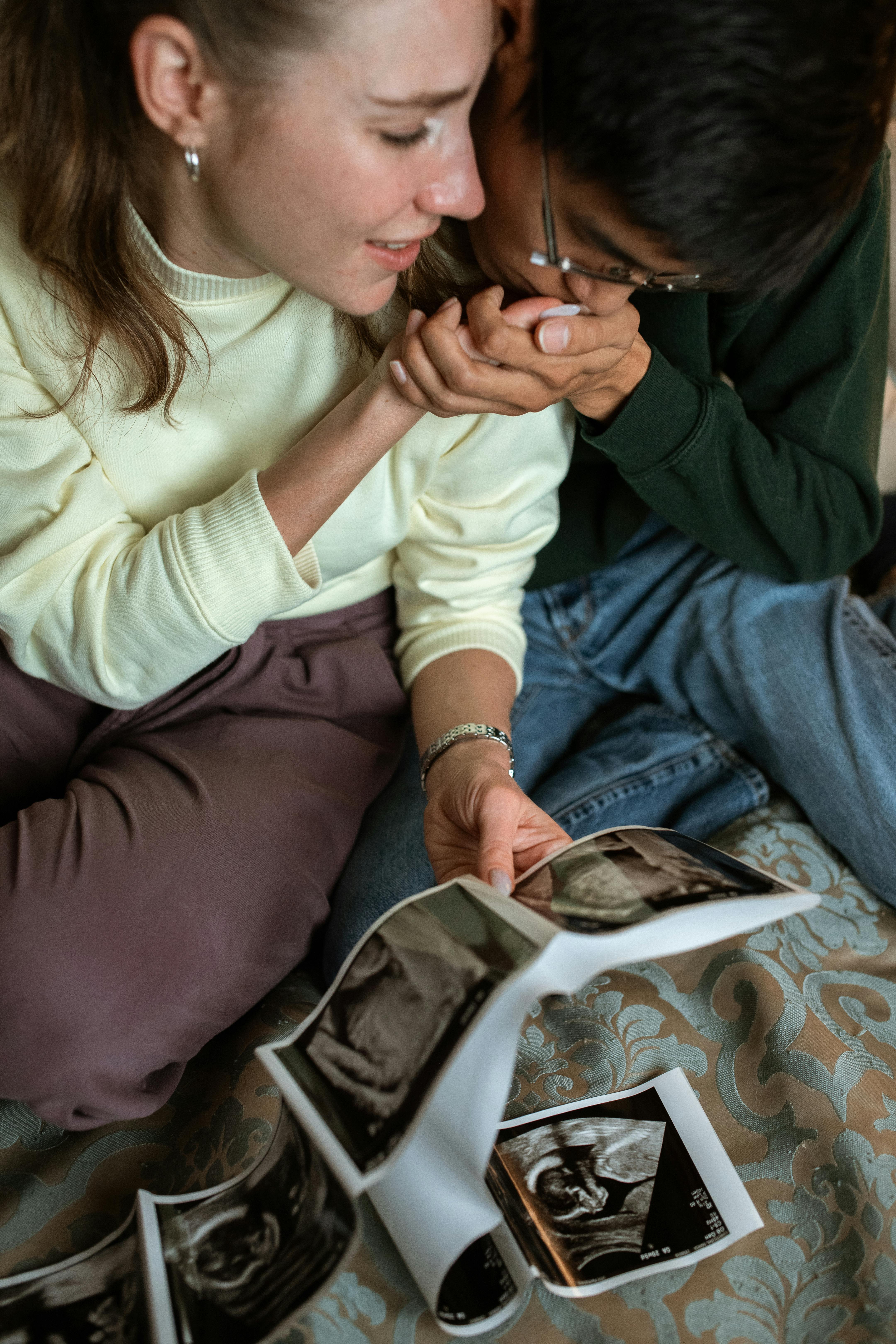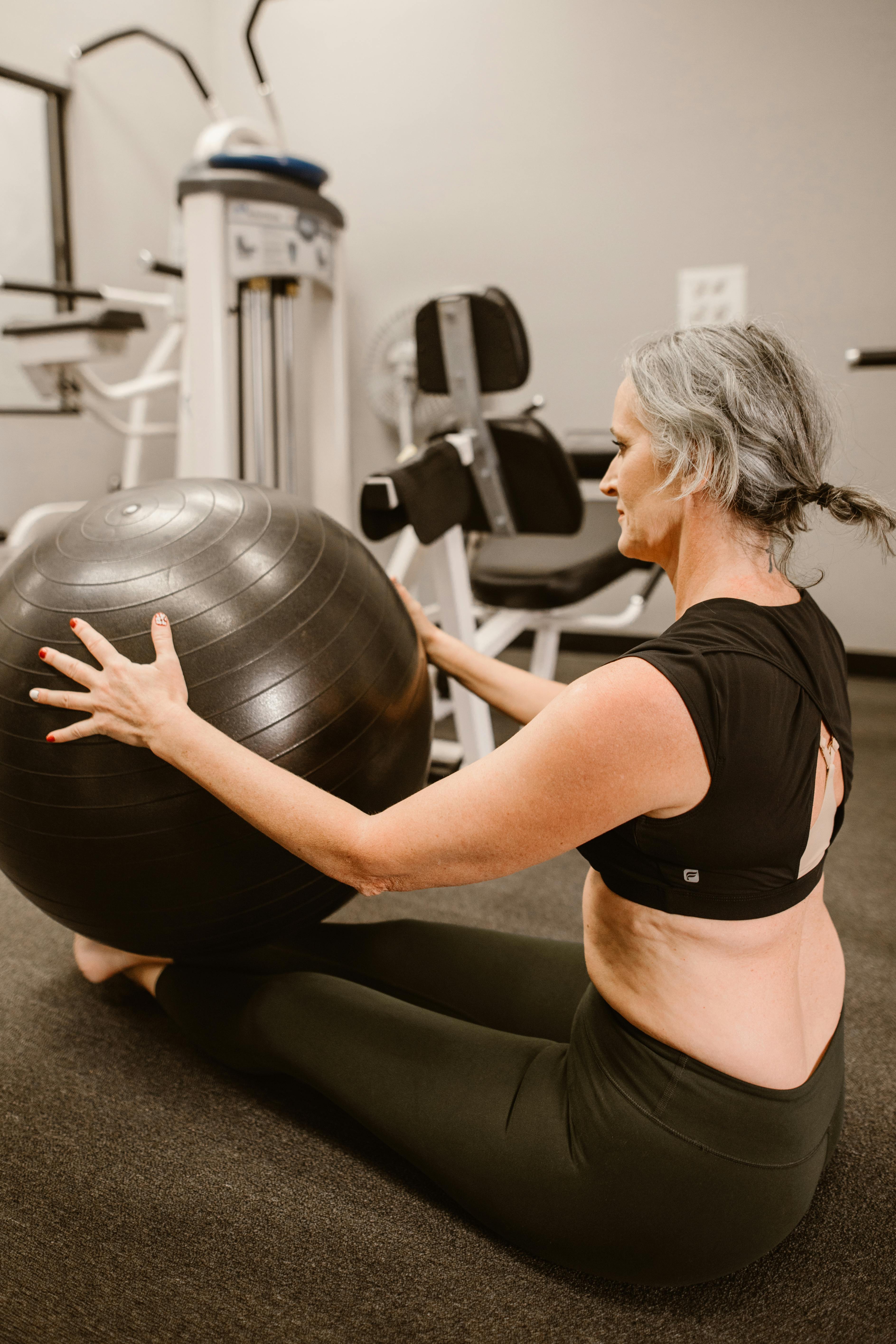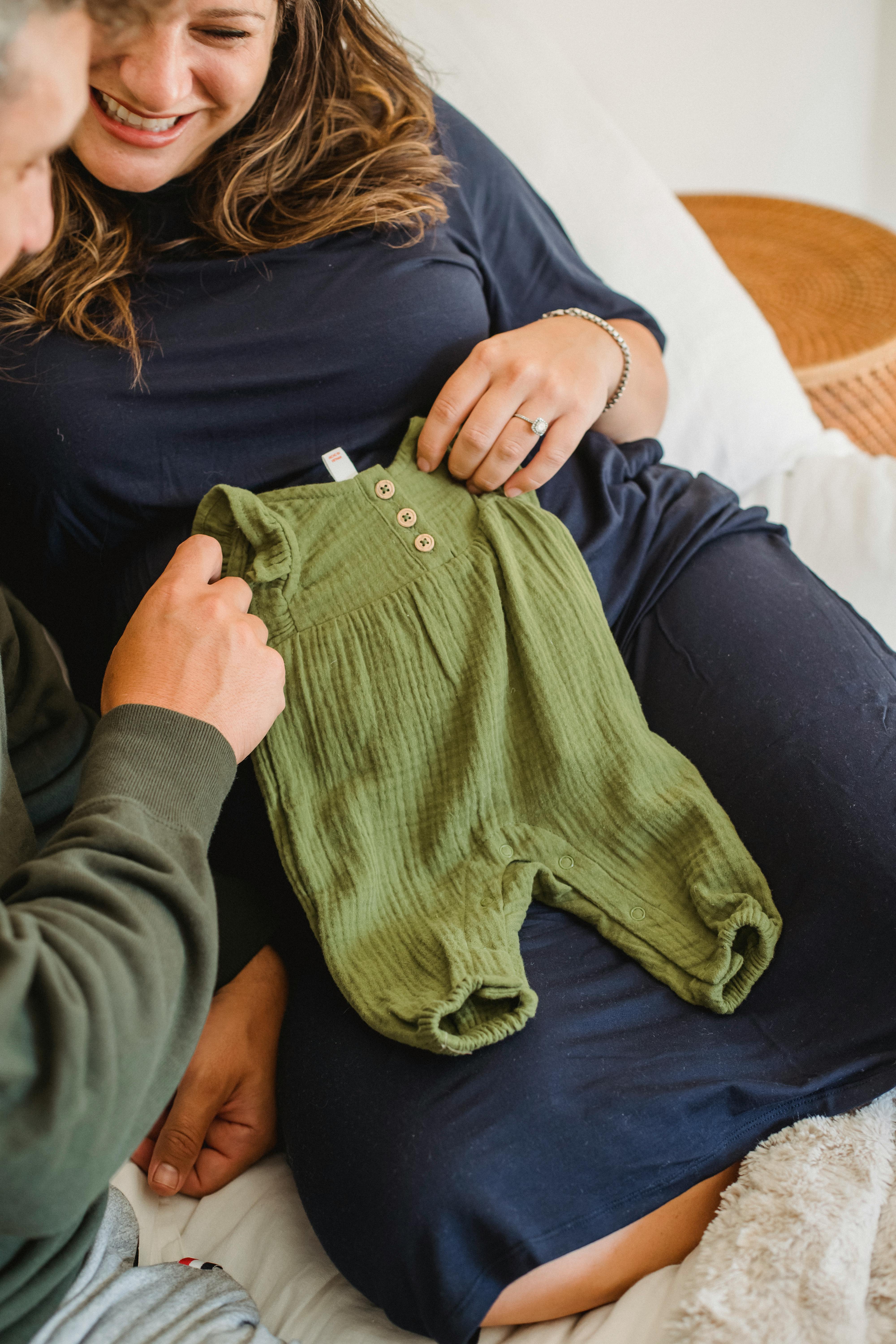Ultimate Guide to Postpartum Healing: C-Section Recovery Tips and Expectations

Introduction
A cesarean section, commonly known as a C-section, is a significant surgical procedure that comes with its unique set of postpartum healing and recovery experiences. If you've just undergone one or are scheduled to have one, it's crucial to understand what to expect during the recovery period.
Understanding C-Section Recovery: A Comprehensive View
After delivering your baby via a C-section, you will experience a series of physical and emotional changes, which can seem overwhelming at times. The initial recovery period typically lasts for six weeks but can extend further depending on individual circumstances.
In the first few days post-surgery, you’re likely to experience pain at the incision site and difficulty moving around. As time progresses, it's common to feel soreness, discomfort, and experience a host of other symptoms including bloating, constipation, and changes in your menstrual cycle.
Effective Pain Management Post C-Section
Pain management is a critical aspect of C-section recovery. Immediately after surgery, doctors may administer medications to help manage pain. However, it's essential to remember that experiencing some level of discomfort is normal.
Over-the-counter pain relievers may be recommended for managing post-surgery discomfort, but ensure to consult with your healthcare provider before taking any medication. Applying a warming pad around the incision area or practicing deep breathing exercises may also help alleviate the discomfort.
Maintaining a Clean Incision Site
Keeping your incision site clean is crucial to avoid infections and promote healing. Avoid taking baths until your incision has healed completely. Showers are considered a safer option, but remember to pat the area dry gently post-shower.
Avoid rubbing or scratching the incision area, even if it itches during the healing process. Wear comfortable, loose clothes that don't rub against the incision. Check the area regularly for signs of infection, including increasing redness, swelling, pus, or a high temperature.
Movement and Physical Activity
Although rest is critical during the recovery phase, occasional light movement is encouraged. Simple activities like slow walking can improve blood flow and speed up the healing process. However, lifting heavy objects or strenuous exercise should be avoided during the initial recovery phase.
Emotional Well-being and Self-care
C-sections, like any other surgical procedure, can take a toll on your emotional health. Posted childbirth blues, hormonal changes, and physical discomfort can contribute to feelings of depression, irritability, or anxiety.
Prioritizing self-care during this phase is of utmost importance. Make sure to get as much rest as possible and seek help whenever needed. Reach out to family, friends, or professional support groups to share your experiences and feelings. Regular communication with your healthcare provider is also crucial, especially if you're experiencing signs of discomfort or emotional distress.
Nutrition for Healing
A balanced diet can go a long way in promoting healing and aiding your recovery process after a C-section. Include plenty of protein to support tissue repair, vitamin C to aid wound healing, and fiber to combat constipation. Staying hydrated can also aid digestion and replenish fluids lost during childbirth.
Conclusion
Recovering from a C-section can feel like a challenging journey, but understanding what to expect can aid this process immensely. With the right knowledge, support, and self-care practices, you can navigate this postpartum phase confidently and healthily. Remember, each person’s recovery journey is unique, and it's OK to take your own time to heal completely.





